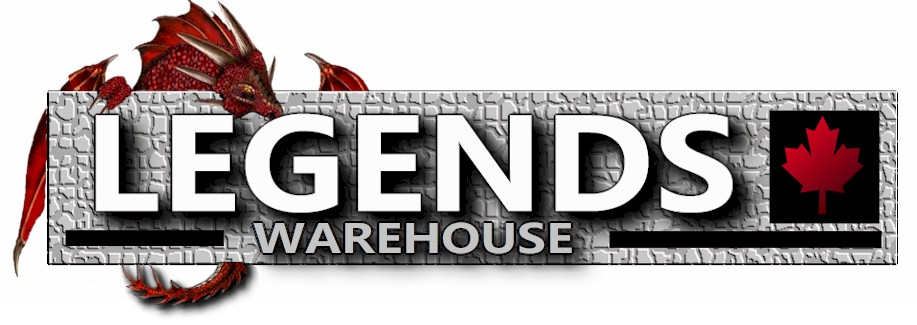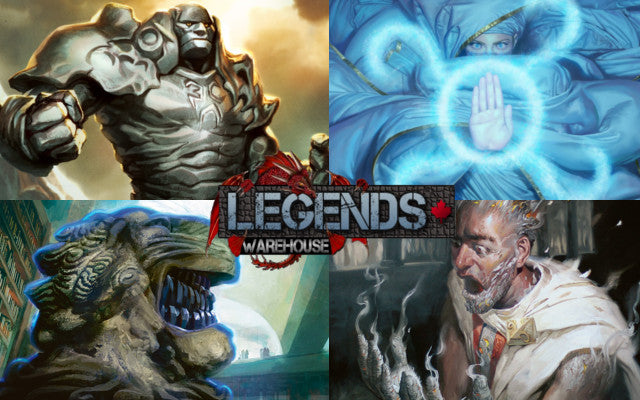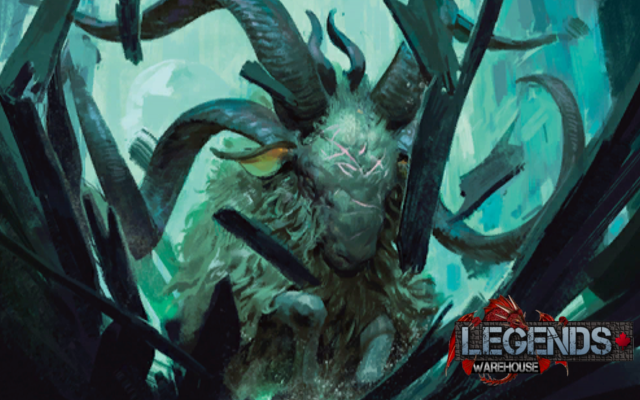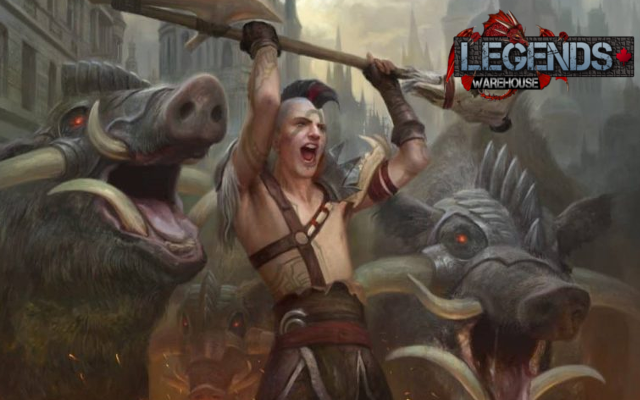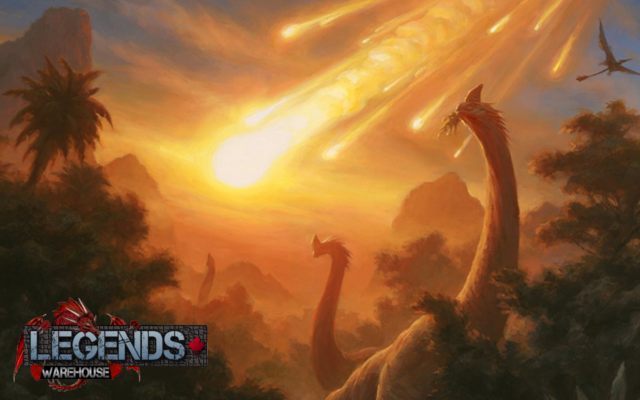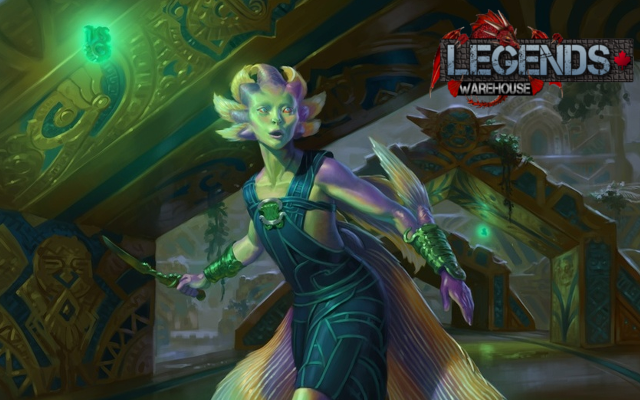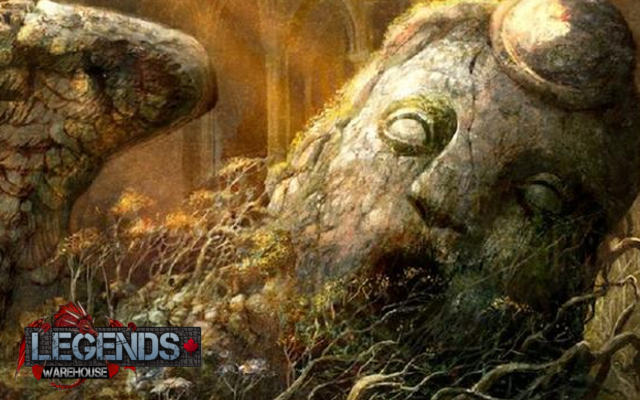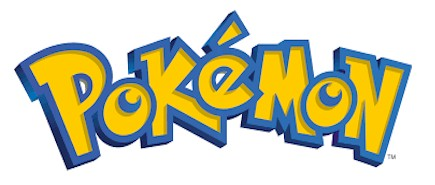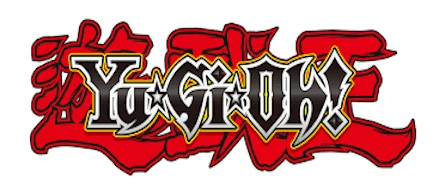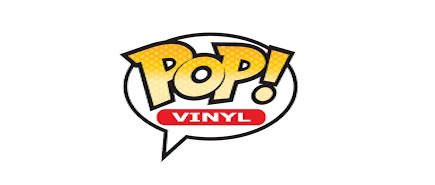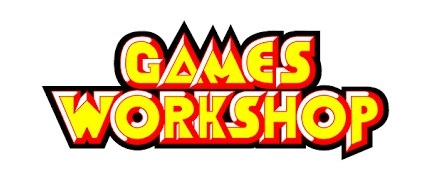What to Expect at GP Toronto: Control Edition
- Legends Warehouse News
- 04 Feb, 2018
Control comes in many forms in Modern. When most players think of a control deck, the first thing to come to mind is a Blue deck chock full of counterspells, sweepers, and card draw. Miracles. They’re thinking of Legacy Miracles.  However, due to the card pool and environment of Modern, these traditional control decks feel like shells of their Legacy and even Standard counterparts. As a result, “Control” has had to branch out their archetypes in order to reign in some of the more powerful aggro and combo decks in the format.
However, due to the card pool and environment of Modern, these traditional control decks feel like shells of their Legacy and even Standard counterparts. As a result, “Control” has had to branch out their archetypes in order to reign in some of the more powerful aggro and combo decks in the format.
Naturally, there are still some who can’t shake the classic control shell, and this had led to two leading schools of thought. The first school is to attempt to recreate that archetypal UW control shell, either as just UW, Esper, or Jeskai. These decks pack as much removal and cantrips as they can in order to force opponents to overcommit into a board wipe like Supreme Verdict. Almost the entire deck is played at instant speed with powerful effects like Path to Exile, Sphinx’s Revelation, and Snapcaster Mage, while hoping to eventually close out the game with Celestial Colonnade. These are among the grindier decks out there as they don’t really do anything proactive for the first five to ten turns. Other variations on this theme are Esper Control, which splashes Black for better removal in Fatal Push as well as hand disruption, and Jeskai Control, which gains access to Lightning Bolt and often runs Geist of Saint Traft to increase their clock.
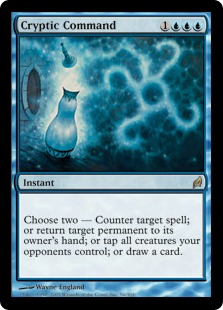


The best ways to combat this kind of control deck is through a combination of early aggro and hand disruption. Decks like Jund and Grixis Death’s Shadow typically fair well in these matchups due to their ability to strip answers from the opponent’s hand, as well as their ability to get a sizeable early clock. One other weakness of these classic control decks is Eldrazi and Tron. Since Eldrazi titans like Ulamog, the Ceaseless Hunger trigger on casting, you’ll still be able to exile two of their permanents. As well, these decks are capable of generating tons of mana as early as turn three, so you can quickly blank Logic Knot, one of the best counterspells they have access to. A constant assault of gigantic threats every turn can quickly overwhelm these decks, so Tron usually fairs well against them.
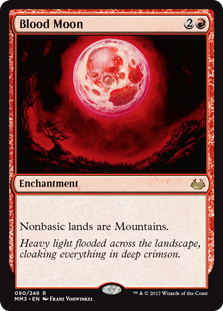

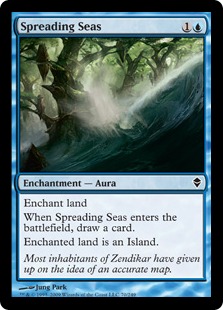
The second school of thought is taking the traditional Blue elements of control and adding a Red prison element. Blue Moon is the durdliest of the Blue durdles, using Blood Moon and Spreading Seas to attack the opponent’s mana in an attempt to prevent them from actually casting any spells. This often buys them enough time to get down their own game plan of winning through either Snapcasters and Lightning Bolts, Through the Breach and Emrakul, the Aeons Torn, or Madcap Experiment into Platinum Emperion. Either way, it can be brutal to play against if you aren’t prepared.
While it’s not as common to run enchantment hate as it is artifact hate, it’s a necessity to beating Blue Moon decks, since without a Blood Moon to slow things down they can fall behind pretty quickly. One of the best ways to handle this deck is to aggressively fetch out basic lands first to minimize the impact of Blood Moon, as well as presenting a clock early on. The BG aggro deck is a good example due to their early Tarmogoyf and Grim Flayer, as well the ability to run hand disruption and Abrupt Decay. It’s also important to get your creatures out of Anger of the Gods range quickly so you can keep pressuring them.
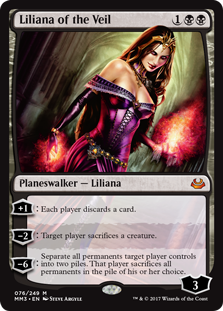
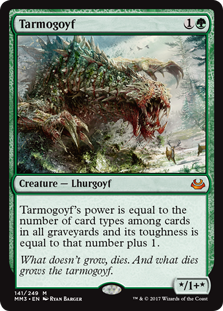
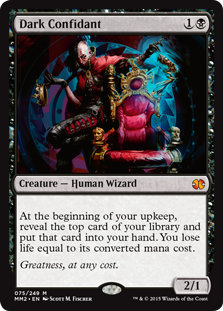
Speaking of BGx decks, Jund/Abzan generally fall into the midrange-control category in Modern due to their abundance of disruption and removal. The discard package of Thoughtseize, Inquisition of Kozilek, Liliana of the Veil, and Collective Brutality is punishing to play against, especially if you’re looking to play multiple cards in a turn. Tarmogoyf and Scavenging Ooze provide growing beatsticks while Dark Confidant keeps their hand stocked with answers. Where these decks diverge is on the third colour they opt to run. Red offers Jund Kolaghan’s Command, Lightning Bolt, and Terminate which make it easier to answer aggro decks like Affinity and Death’s Shadow, whereas White gives 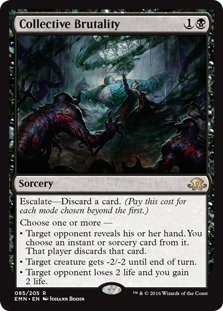 Abzan Path to Exile, Lingering Souls, and Siege Rhino to better weather the storm of Burn and opposing midrange decks. While each build has their own benefits, it really depends on what kind of metagame you’re anticipating.
Abzan Path to Exile, Lingering Souls, and Siege Rhino to better weather the storm of Burn and opposing midrange decks. While each build has their own benefits, it really depends on what kind of metagame you’re anticipating.
Beating Jund and Abzan hinges on being able to brush off their disruption and going under or over them. Burn tends to shine in these matchups because they do so much damage to themselves from their own lands, so even if they make you discard your hand you can just rip burn spells off the top of your deck to close out the remaining life. Blood Moon is also an all-star when you can get it down fast enough. These tend to run only the bare minimum number of basic lands, so being able to sneak one out when they’re unprepared can effectively lock them out of the game. Finally, Tron has traditionally been the counter to Jund and Abzan, dating all the way back to when Bloodbraid Elf was legal. As their removal packages start cutting back on Maelstrom Pulse, large planeswalkers like Ugin, the Spirit Dragon and Karn Liberated are an absolute beating. Couple that with removal-resistant Eldrazi titans and Wurmcoil Engine, which requires several non-Path to Exile answers to fully remove, and you’ve got a recipe for success. I’ve even advocated for running Sundering Titan to really put the nail in the coffin in these matchups, but even the recurrable World Breaker can cause them headaches.
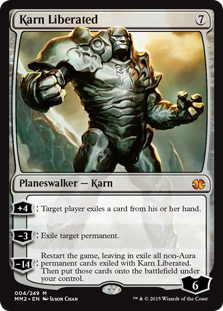
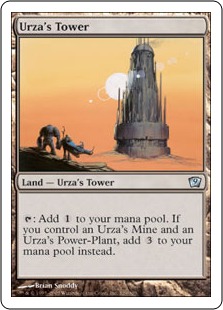
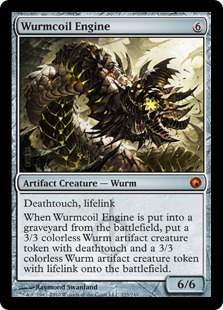
When it comes to control archetypes, classic non-Eldrazi Tron is one of the looser definitions of a control deck, but it plays the role exceptionally well. This deck assembles Urza’s Tower, Urza’s Power Plant, and Urza’s Mine as fast as  possible in order to power out game-ending bombs before the opponent can do anything, and while this sounds like an aggro or combo deck, the cards it’s casting off of that mana are anything but. Karn Liberated gives the deck a way to interact with the opponent’s hand as well as exile problematic permanents, whereas Ugin, the Spirit Dragon and Oblivion Stone act as one-sided board wipes. Toss in some incredibly resilient colourless creatures to end the game and you have a serious threat on your hands. This deck just steamrolls over anything trying to play remotely fair, be it control or midrange, and depending on the shell it can splash colours to interact with aggro and combo decks depending on the meta. A splash of Black gives the deck Fatal Push and Collective Brutality to deal with early aggro, whereas running Red gives the deck access to Kozilek’s Return and Pyroclasm to deal with wider decks like Affinity and Merfolk.
possible in order to power out game-ending bombs before the opponent can do anything, and while this sounds like an aggro or combo deck, the cards it’s casting off of that mana are anything but. Karn Liberated gives the deck a way to interact with the opponent’s hand as well as exile problematic permanents, whereas Ugin, the Spirit Dragon and Oblivion Stone act as one-sided board wipes. Toss in some incredibly resilient colourless creatures to end the game and you have a serious threat on your hands. This deck just steamrolls over anything trying to play remotely fair, be it control or midrange, and depending on the shell it can splash colours to interact with aggro and combo decks depending on the meta. A splash of Black gives the deck Fatal Push and Collective Brutality to deal with early aggro, whereas running Red gives the deck access to Kozilek’s Return and Pyroclasm to deal with wider decks like Affinity and Merfolk.
Despite so much of the deck revolving around assembling Tron, the deck can falter if it can’t get itself online. Without its namesake lands in play, it has to wait until at least turn six to get a threat down which is often a death knell in a format like Modern. With this in mind, one of the best ways of interacting with Tron is repeatable land hate, such as multiple copies of Spreading Seas, Ghost Quarter, or Fulminator Mage to keep them off of their Tron pieces. Blood Moon is good too, but it’s hardly the game winner on its own. More often than not, keeping just a Blood Moon without a clock to back it up will give Tron players the time to play their lands one at a time and simply hardcast their threats. Finally, if a Tron player doesn’t have their early interaction online, a fast clock such as Affinity or Infect can get in underneath it and win before they can get set up.
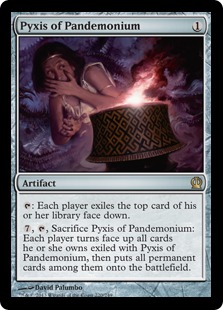
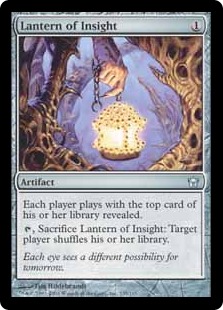

The last, and arguably most frustrating, control deck you’ll most likely see at GP Toronto is Lantern Control. This archetype will most likely be seeing a resurgence at the Grand Prix due to its win at the Pro Tour, with scores of players realizing that they too can bore their opponents into the ground. The name of this game is locking down the board so absolutely nothing happens and winning through repeated single mill effects to chip away from the opponent’s deck until there’s nothing left.
This artifact-based control deck is unique in that it can grind the game to a halt through Ensnaring Bridge and other prison cards while it uses Pyxis of Pandemonium and Codex Shredder to mill the opponent. Lantern of Insight allows them to see what’s on top of each player’s deck, so they can effectively control what cards each player draws by milling away things they don’t want to deal with. Most impressively, due to the addition of Whir of Invention, this deck can also include single copies of artifacts that would otherwise start in the sideboard, such as Grafdigger’s Cage. This allows the deck to steal the first 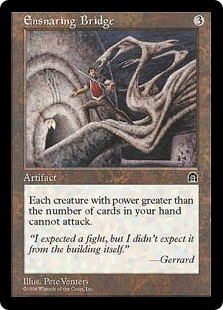 game by tutoring for a hate piece when an opponent has no answers for it. This is a brutally slow deck to play against, and while you can rush it down pretty early, once they have the lock in place it’s pretty difficult to get out of it.
game by tutoring for a hate piece when an opponent has no answers for it. This is a brutally slow deck to play against, and while you can rush it down pretty early, once they have the lock in place it’s pretty difficult to get out of it.
Fighting Lantern requires a little finessing, but it can be done. Artifact hate is at a premium, so whatever you were banking on to beat Affinity will also save you here. Stony Silence is one of the most effective tools to combat Lantern as it shuts down their mill cards, so as long as you can protect it you can keep them from messing with your draws. Alternatively, you can sit back and build up a board state, sandbagging a removal spell for Ensnaring Bridge, then blow it up and swing for lethal. It takes a bit of forethought, but it’s definitely an option. Alternatively, you can disrupt a lot of what Lantern Control does with Chalice of the Void since so much of the deck relies on 1-drops. Being able to resolve a Chalice, while not game over on its own, can put Lantern far enough behind that it can’t get its prison cards online fast enough to stop you, so you have free reign to beat them down with creatures.
Despite Control decks not being as flashy as the other archetypes, they are certainly powerful enough to compete in the Modern metagame. From traditional counterspell decks to the hard lock of Lantern Control, there are more than enough ways to keep your opponents on lock down while you grind out the game, so if you’re looking to shut your opponents out of the game at the Grand Prix, give a Control deck a shot!
Looking to get some practice in before the event? Come on out to our weekly Modern events on Wednesdays and Saturdays!
